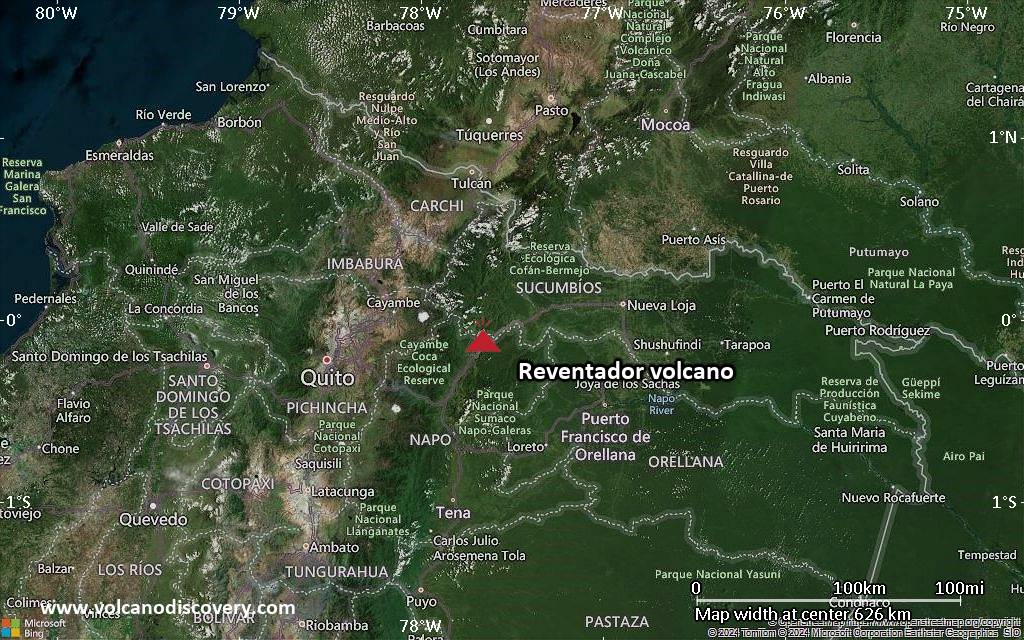RSS feed source: Volcano Discovery.com--Global earthquake monitor
Tue, 8 Apr 2025, 14:20 | BY: EARTHQUAKEMONITOR
Worldwide earthquakes above magnitude 3 during the past 24 hours on 8 Apr 2025
Summary: 4 quakes 5.0+, 35 quakes 4.0+, 120 quakes 3.0+, 338 quakes 2.0+ (497 total)
This report is being updated every hour.
Magnitude 5+: 4 earthquakes
Magnitude 4+: 35 earthquakes
Magnitude 3+: 120 earthquakes
Magnitude 2+: 338 earthquakes
No quakes of magnitude 6 or higherTotal seismic energy estimate: 5.7 x 1013 joules (15.7 gigawatt hours, equivalent to 13533 tons of TNT or 0.8 atomic bombs!) | equivalent to ONE quake of magnitude 6.0 learn more10 largest earthquakes in the world (past 24 hours)#1: Mag 5.8 Indian Ocean, 13 km southeast of Pulau Babi Island, IndonesiaTuesday, Apr 8, 2025, at 02:49 am (Pontianak time) – #2: Mag 5.3 North Atlantic Ocean, BrazilTuesday, Apr 8, 2025, at 01:55 am (GMT -2) – #3: Mag 5.2 Southeast Central Pacific OceanTuesday, Apr 8, 2025, at 04:30 am (GMT -7) – #4: Mag 5.0 Solomon Sea, 165 km south of Lolobau Island, Papua New GuineaTuesday, Apr 8, 2025, at 01:28 am (GMT +10) – #5: Mag 4.9 Solomon Sea, 154 km south of Lolobau Island, Papua New GuineaTuesday, Apr 8, 2025, at 12:27 am (GMT +10) – #6: Mag 4.9 Solomon Sea, 194 km southeast of Lolobau Island, Papua New GuineaTuesday, Apr 8, 2025, at 09:29 pm (GMT +10) – #7: Mag 4.8
Click this link to continue reading the article on the source website.



